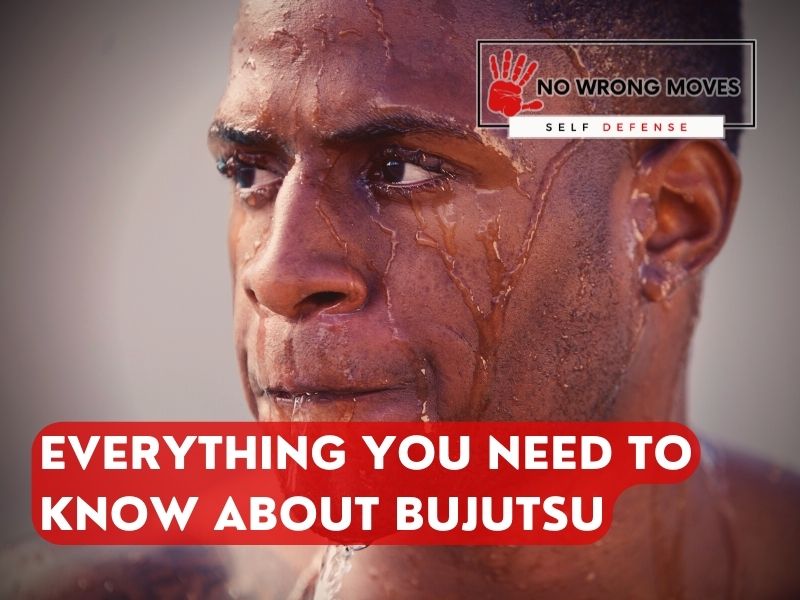
Welcome to the world of Bujutsu! If you're eager to learn more about this wonderful martial art, then worry not, this post is for you. Here, we'll explore the ins and outs of Bujutsu, including its definition, origins, and benefits.
We'll also delve into what to expect from your first Bujutsu class, the different levels and ranks, and why it's crucial to find a reputable teacher or class.
Of course, Bujutsu isn't just about fighting prowess. Practicing Bujutsu can have a host of physical, mental, and emotional benefits, from increased fitness and coordination to reduced stress and anxiety. So with that, let's dive into the world of Bujutsu and discover everything it has to offer!
What is Bujutsu?

Bujutsu is a martial art that uses both armed and unarmed techniques to defend oneself. It can be used for both offensive and defensive purposes.
Bujutsu encompasses all traditional Japanese martial arts, including Kenjutsu, Sojutsu, Jojutsu, and more. It originated as the exclusive domain of the Samurai, but now Bujutsu techniques are practiced by people worldwide.
The word Bujutsu is derived from "Bu," meaning war, and "Jutsu," meaning technique. Many Japanese Ryu, which are specific martial arts schools or styles, teach aspects of Bujutsu.
Some Ryu focus on specific weapons, such as the Katana, while others, like the Tenshin Shoden Katori Shinto Ryu, teach all traditional weapons.
It's common for Bujutsu to be confused with a newer term, Budo, especially in western countries, but there are key distinctions between the two.
While both are collective terms for Japanese martial arts, Bujutsu emphasizes the practical and combative aspects. Budo, in contrast, emphasizes personal and spiritual development.
Where Does Bujutsu Come From? What’s The Story?
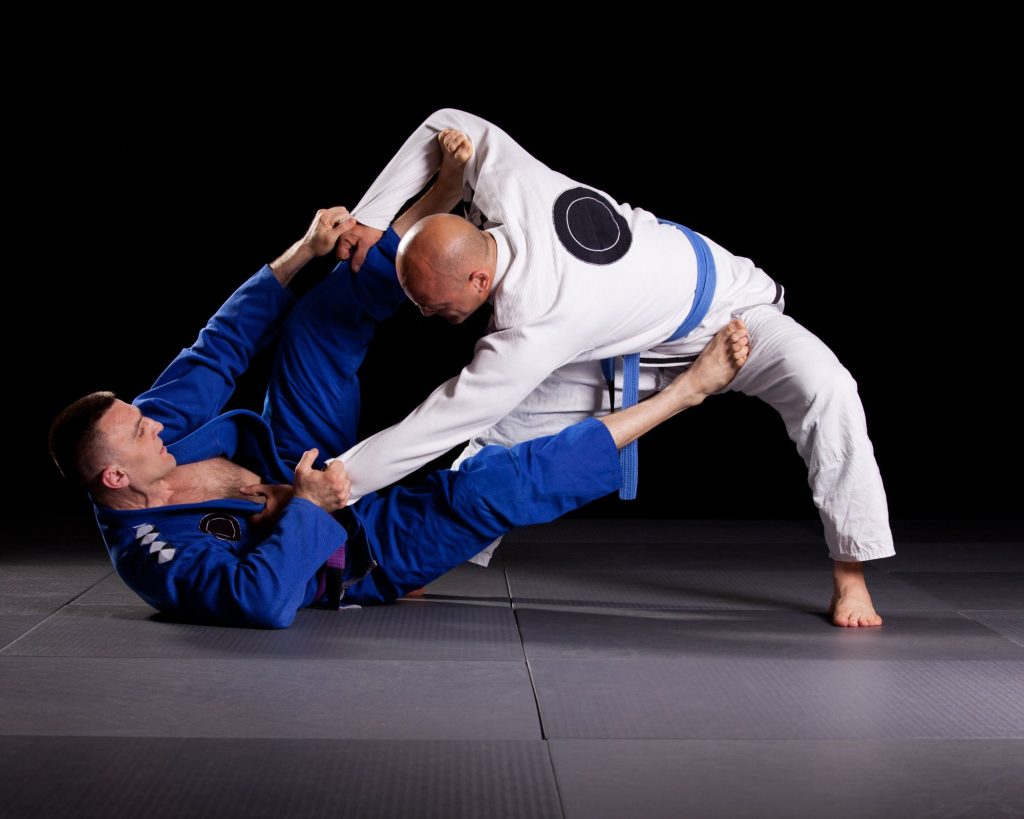
To discuss the history of Bujutsu, we must first discuss the samurai and their training, which included a wide range of martial arts techniques that were effective in many different battle contexts.
The samurai were able to perfect their techniques through reflection and practice. However, power changed hands fairly rapidly throughout Japan's history, which led to the proliferation of battle-ready samurai.
The seventeenth century marked a noticeable change, as Japan became stable under the leadership of the Tokugawa Family.
The development of armor changed the nature of samurai warfare, and this in turn led to a change in the way samurai fought and trained.
In particular, the need to penetrate armor meant that samurai had to use techniques that could damage their opponents even when they were protected, which limited their ability to fight effectively.
With the advent of clothing that provided adequate protection against attack, however, samurai were no longer constrained by this and could use any technique they desired.
The Edo Period
The Edo period saw the development and refinement of various schools or ryu of bujutsu, which were passed down through families and taught to others.
These schools focused on specific techniques and styles, such as swordsmanship or archery, but also incorporated philosophy and principles that guided the samurai in their actions both on and off the battlefield.
The Meiji Restoration
The Meiji Restoration in 1868 marked a shift away from traditional samurai values and the use of bujutsu as a way of life. Japan modernized rapidly, adopting Western ideas and technology.
The samurai class was dissolved, leading to a decline in the practice of bujutsu and its eventual evolution into modern martial arts such as Karate and Judo.
While these sports may no longer be explicitly linked to feudal Japanese warfare, they still retain elements of the philosophy and principles that were integral to Bujutsu in the samurai era.
Today, practitioners strive not only for physical prowess but also for mental discipline, honor, and respect--values that were held dear by the samurai of old.
Benefits of Bujutsu
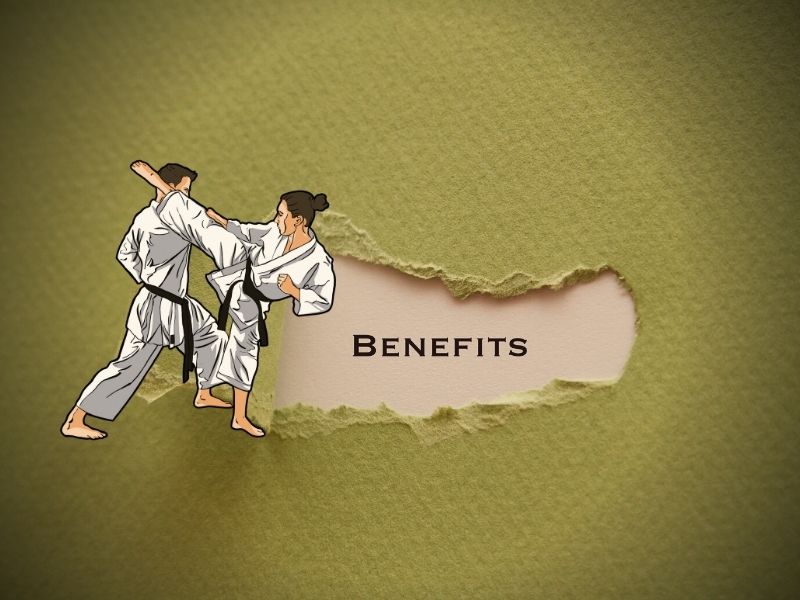
Bujutsu's benefits definitely aren't just physical. While improved physical fitness is part and parcel of training, there are also emotional benefits that come with practicing Bujutsu.
Physical benefits of martial arts include increased strength, flexibility, and improved overall fitness. These benefits are achievable through regular training and dedication to the art.
Bujutsu training also equips practitioners with valuable self-defense skills that could potentially save their life in dangerous situations.
The emotional benefits are equally important. Training in Bujutsu can lead to an increased sense of confidence and empowerment. Practitioners learn to focus and discipline themselves, which translates to other areas of their life.
They also develop a sense of community and camaraderie with other practitioners, creating a supportive and motivating environment.
How to get started in Bujutsu

- Research different Bujutsu schools and find one that aligns with your goals and beliefs.
- Attend a trial class to see if the school and instructors are a good fit for you.
- Begin learning the basic techniques, principles, and forms of Bujutsu under the guidance of a qualified instructor.
- Practice consistently to improve your technique and understanding of Bujutsu principles.
- Continually challenge yourself by attending workshops and seminars, sparring with other practitioners, and seeking new opportunities for growth within the Bujutsu community.
- Watch and study Bujutsu masters to gain inspiration and new insights into the art.
- Always approach your practice with humility and an openness to learning.
Different Bujutsu Ranks And Levels
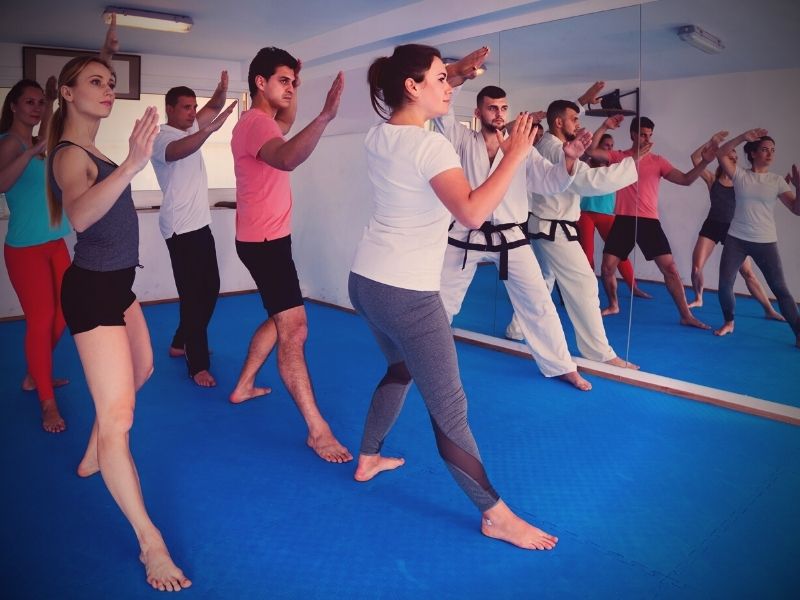
In the world of Bujutsu, achieving the next belt level is no easy feat. You can't just rely on the time you've spent at your current rank as an automatic ticket to move up.
From white belt to yellow belt, the average practitioner spends three to four months of active training, attending two classes per week, each lasting 1.5 to 2 hours, totaling to about 12 hours per month. And even then, it's not a guarantee that they'll be able to advance to the next rank.
As one progresses through the Kyu/grades, the time it takes to advance becomes longer, ranging from 4 to 6 months from yellow belt to orange belt, and so on.
When a Bujutsu practitioner reaches the prestigious rank of brown belt, they must wait between 1.5 to 2 years before they can even test for the 1st Dan black belt.
So it's evident that rank isn't just handed out based on time alone. Those who are truly dedicated to their craft, put in the effort, and demonstrate mastery of the required techniques will be rewarded with the next rank in Bujutsu.
The Importance of A Good Bujutsu Instructor
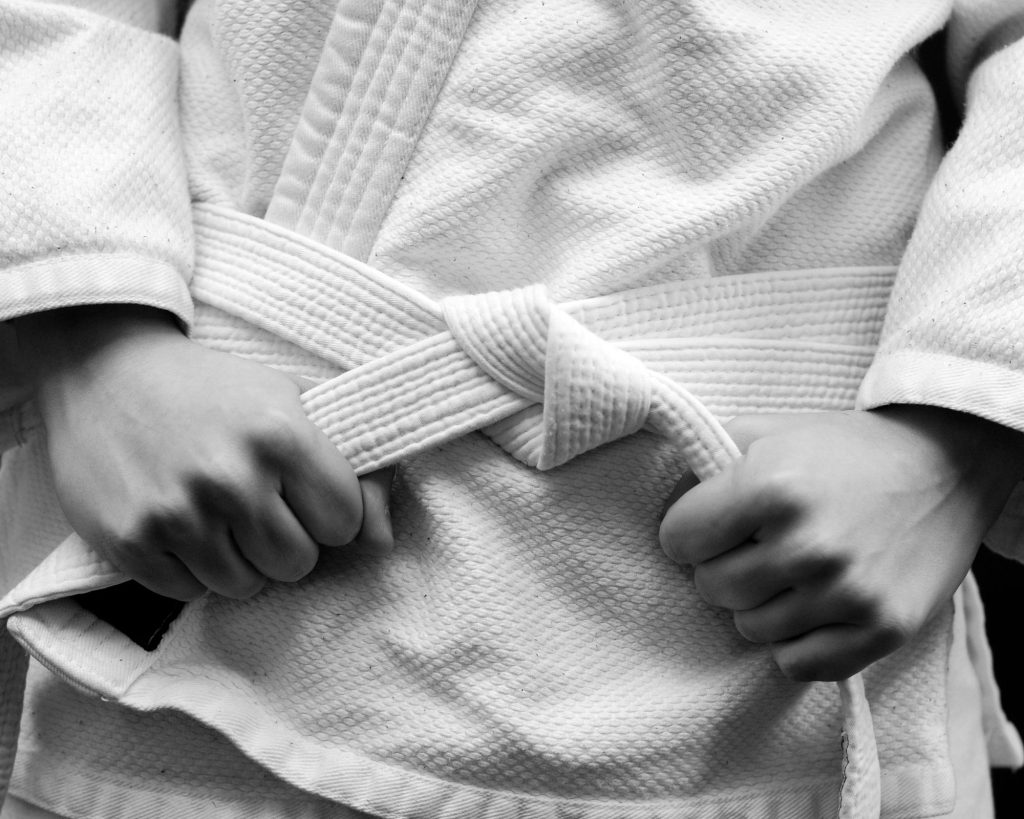
It's absolutely crucial for you to choose a good Bujutsu teacher! There are different types of practitioners, some who teach in a more traditional way and some who focus on the practical applications of the art. It is important to find a teacher who can offer a balance of both.
A good practitioner will have a deep understanding of the history and philosophy of Bujutsu, as well as the ability to apply its principles in a practical way. They will be able to adapt their teaching methods to suit the individual needs of their students.
It's also of paramount importance to find a teacher who you feel comfortable with and who you can trust. This will allow you to progress quickly and safely through your training. Choosing the right teacher is an important step on the path to becoming a skilled Bujutsu practitioner.
Some Movies With Bujutsu
Some cool movies and anime with Bujutsu:
- Kenshin: The Legend Ends
- Princess Mononoke
- The Last Samurai
- Takeda Shingen
- Naruto
- Rurouni Kenshin
If you want to see my full list, check out this post on best movies with X in them, where I have broken them down - you won't be disappointed!
Most Notable Figures In Bujutsu
And, just in case you wanted to do some more research, here are some notable figures who practice or have practiced X
These are some notable figures and interesting people who have practised the art of Bujutsu:
- Miyamoto Musashi: famous swordsman, author of The Book of Five Rings
- Yagyu Munenori: accomplished swordsman and advisor to the Tokugawa shoguns
- Nakamura Taizaburo XVIII: a living national treasure in Japan for his mastery of classical martial arts
- Soke Hatsumi Masaaki: the 34th Grandmaster and current leader of Bujinkan Budo Taijutsu (a modern martial arts system derived from traditional samurai combat techniques)
- Hattori Hanzo: legendary ninja who served under various warlords during feudal Japan
- Bruce Lee: actor and martial artist who popularized Chinese martial arts in the West
The Wrap-Up
As we come to the end of our exploration of Bujutsu, it's clear that this traditional Japanese martial art has so much to offer. From its rich history and diverse techniques, to its physical and emotional benefits, Bujutsu provides a unique opportunity for personal growth and development.
Whether you are looking to improve your physical fitness, acquire self-defense skills, or cultivate a sense of community, Bujutsu has something to offer.
So if you are interested in exploring this ancient martial art, take the first step today and start your journey towards becoming a Bujutsu practitioner. With dedication and practice, you may find that Bujutsu can help you achieve more than you ever thought possible.
If you're curious to learn more about another martial art, click here!
[author-box-jpx-fitness]
